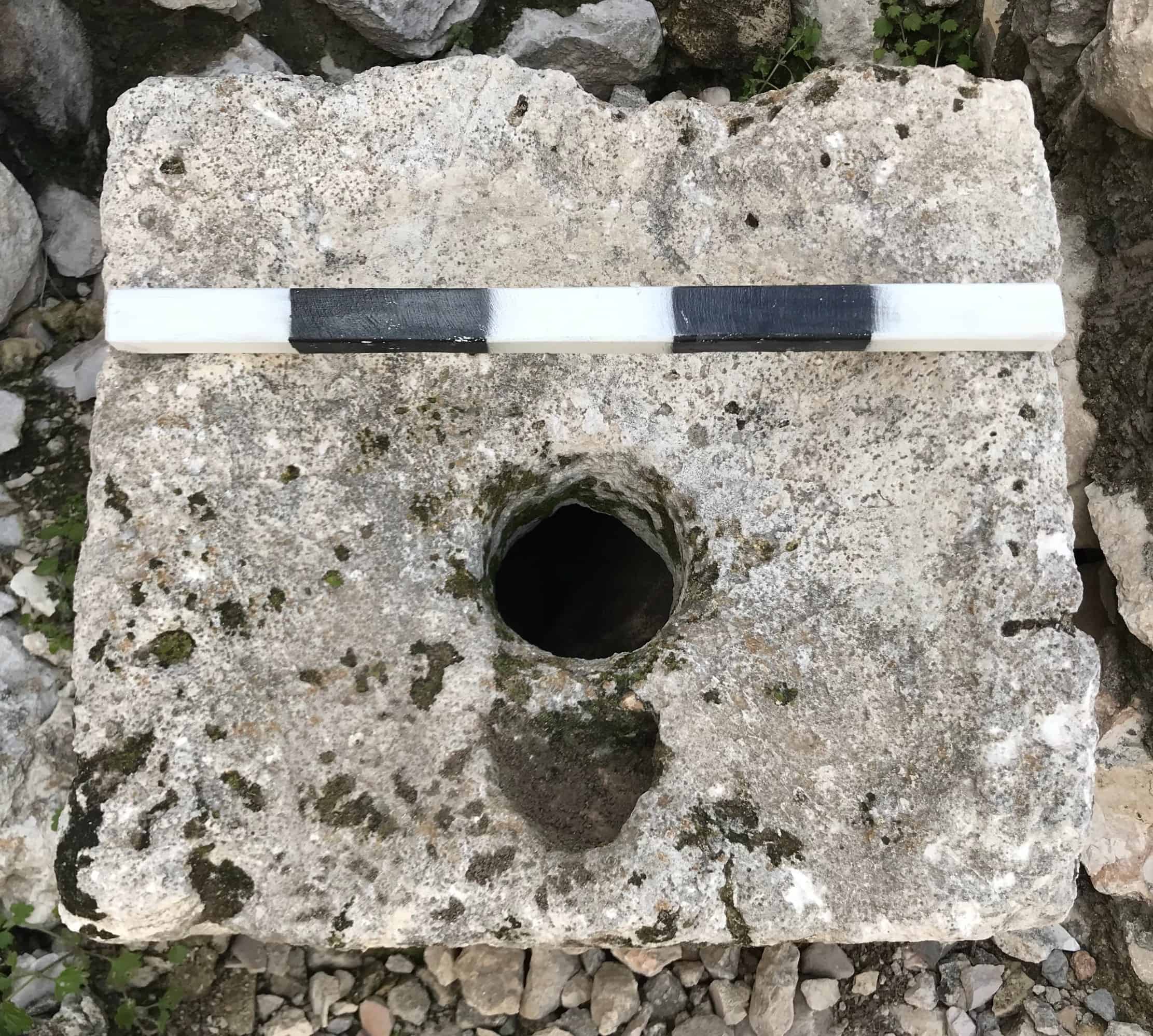Researchers analyzed ancient poop extracted from two latrines in Jerusalem, dating back to the biblical Kingdom of Judah. In the samples, they found the presence of Giardia duodenalis — a single-celled microorganism known to be a common cause of severe diarrhea. It’s the oldest example we have of this parasite infecting humans anywhere on the planet. It also puts some of the health problems of this ancient kingdom into context.

Both toilets had carved stone seats almost identical in design, as seen in the photo. They had a shallowed curve surface for sitting, with a large hole for defecation and an adjoining hole at the front for male urination. They date back to the 7th century BC when Jerusalem was the capital of Judah, under the control of the Assyrian Empire.
One toilet was from an estate at Armon ha-Natziv, surrounded by a garden. The site was excavated in 2019 and likely dates from the days of King Manasseh. The other one was from the House of Ahiel, a domestic building housing an upper-class family. While it’s difficult to pin down its date of construction, studies place it around the 8th century BC.
“The fact that these parasites were present in sediment from two Iron Age Jerusalem cesspits suggests that dysentery was endemic in the Kingdom of Judah,” study lead author Piers Mitchell said in a media statement. “Dysentery could have been a big problem in early cities of the ancient Near East due to overcrowding, heat and flies.”
A close look into ancient poop
Dysentery refers to intestinal infectious diseases caused by parasites and bacteria that trigger diarrhea, abdominal cramps, fever, and dehydration. It can be fatal without proper treatment, especially for young children. It’s spread by feces contaminating food or drinking water. There are about 1.7 billion cases every year in the world.
Ancient texts from Mesopotamia during the 1st and 2nd millennium BC describe diarrhea affecting the populations of what’s now the Near and Middle East. While these texts don’t provide the causes of diarrhea, they encouraged the researchers at Cambridge to use modern techniques to investigate which pathogens were involved.
Ancient poop can be an important source of information for researchers, with previous studies finding that the builders of Stonehenge ate the internal organs of cattle, for example. In this new study, the researchers took poop samples from sediment in the cesspit below each toilet seat. This provided a close look into the history of dysentery.
The researchers used a bio-molecular technique called ELISA in which antibodies bind onto the proteins produced by specific species of single-celled organisms. “The protozoa that cause dysentery are fragile and extremely hard to detect in ancient samples through microscopes without using antibodies,” said co-author Tianyi Wang in a statement.
They tested the poop from the ancient toilets for Entamoeba, Giardia and Cryptosporidium — three parasitic microorganisms that are among the most common causes of diarrhea in humans and behind outbreaks of dysentery. While tests for Entamoeba and Cryptosporidium were negative, those for Giardia were repeatedly positive.
The Middle East is considered the birthplace of human settlements, marking the early stages of farming and animal domestication. This region witnessed the rise of the first notable urban centers, including Jerusalem. It’s possible that cities were susceptible to disease outbreaks due to trading activities and military expeditions, the researchers said.
“We would expect such gastrointestinal infections to be spread easily by travellers. The many large and crowded towns and cities existing across the Near East by this time would have been fertile areas for the spread of such infections,” the researchers wrote. “The population had no understanding of the existence of micro-organisms and how they can be spread.”
The study was published in the journal Parasitology.









